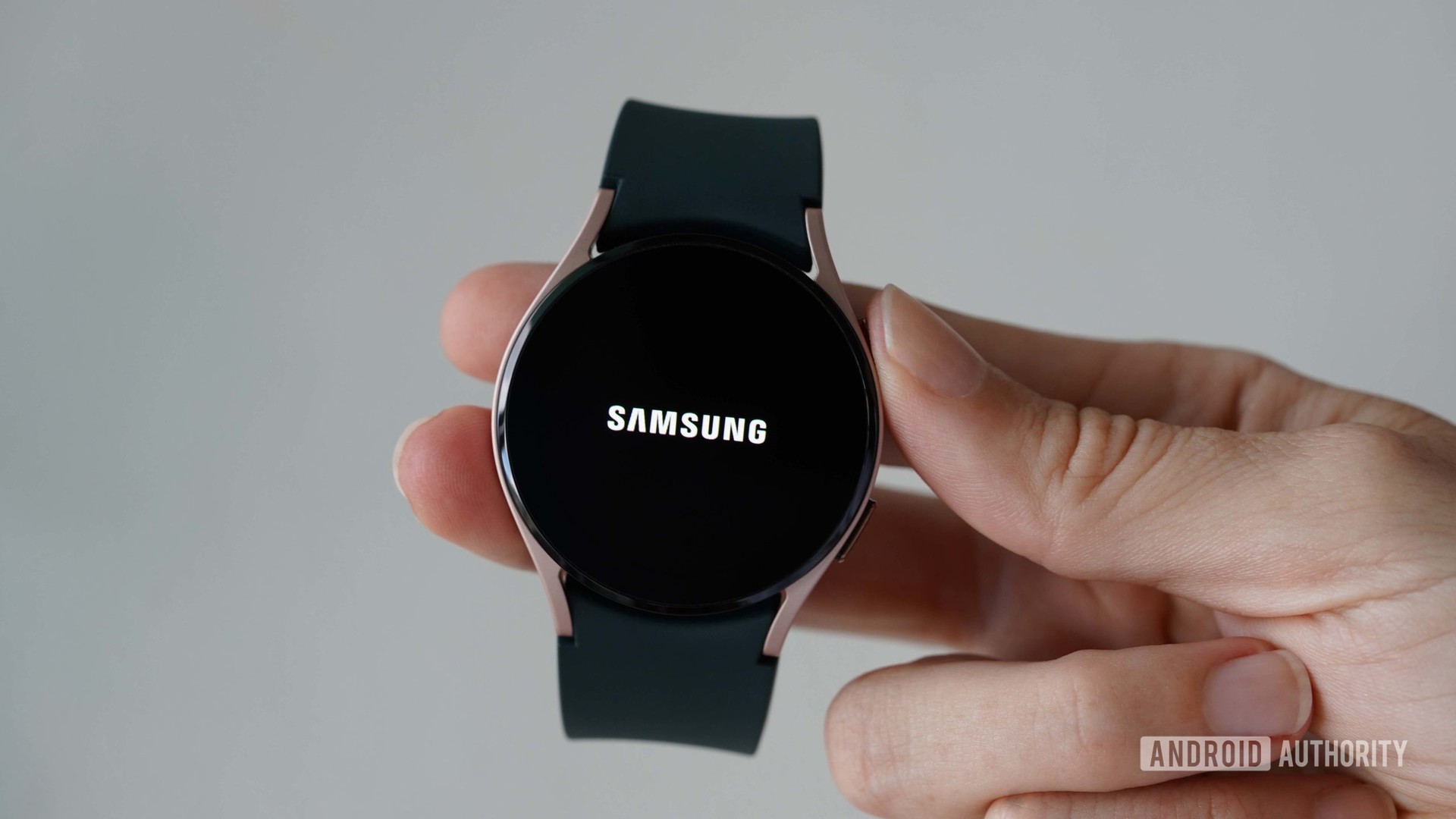When the smartwatch was modern and the full fully featured was launched almost eight years ago, they were mostly ridiculed because of the need to refill every day. Even Apple’s first Apple Watch got a lot of flak for it, and the smartwatch industry didn’t really make a leap in battery life. Mirroring Market Smartphone, SmartWatch makers have used indirect strategies to reduce power consumption or accelerate charging, but Samsung patents want to make debatable by making smartwatch constantly wear your wrist.
Smartwatches have a bigger battery problem than smartphones because of its smaller size. Smartwatches are getting stronger and adding a new sensor that practically cancels whatever energy efficiency increase is owned by the processor and new software. Although there are ways to reduce battery consumption through a secondary processor or low power display, it will still be better if the device does not need to be refilled at all, or at least every night.
The newly given patent submitted in 2019 revealed Samsung’s almost clever solution. In essence, SmartWatch always charged power, or at least have a backup battery that is always charged and ready to kick when the main power of SmartWatch is low. This battery is located on the rope and is constantly charged through sunlight or even fluorescent.
According to Letsgodigital, the patent involved a polymer with a quantum point, the same quantum point technology he used for QLED TV and several new laptops. It catches the light that is forwarded to solar cells which then turns it into electrical energy. The structure is located on both sides of the watch case so that one or both can receive light, no matter where the smartwatch hours are used.
While technology clearly sounds interesting, there is no guarantee that Samsung will use it on the Galaxy Watch 5 next year or whatever Galaxy Watch. Someone can only hope that it happens, because it can be a more effective solution for battery problems, at least until the more advanced battery technology is developed.

